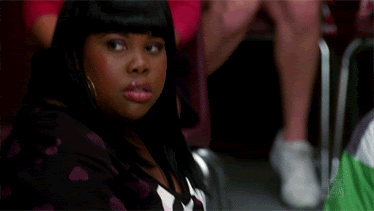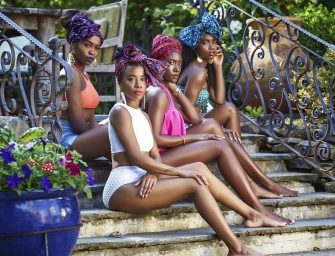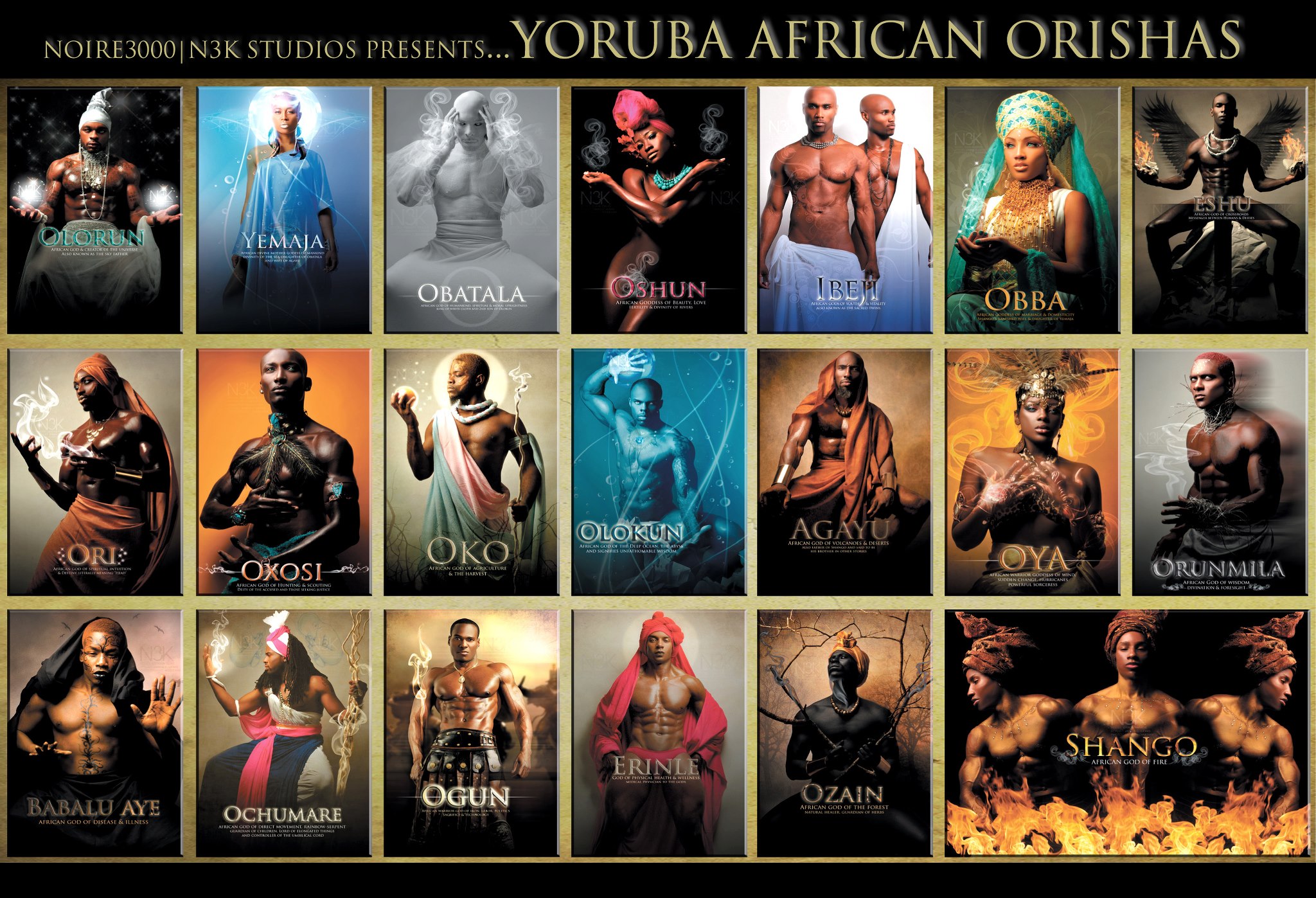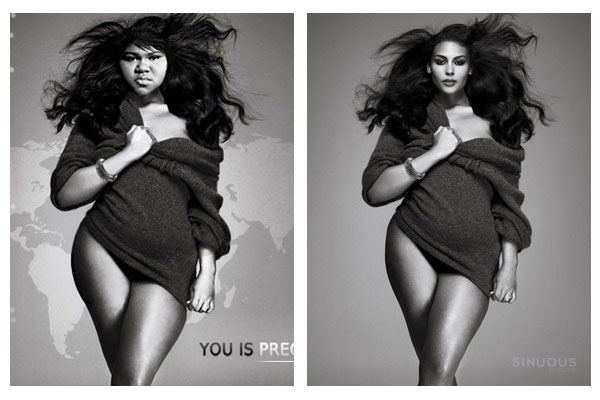Olya, Not Esther

This is NOT Esther Jones
The image above is not Esther Jones aka “Baby Esther,” the African-American singer of the late 1920s, whose singing style inspired Max Fleischer ‘s popular animated character Betty Boop .
A curious Tumblr user found that image above is actually a photo of a model known only as Olya , taken in 2008 by a Russian-based studio, Retro Atelier . Take a look at more from the photo series below.
Do you identify with a kinky curl pattern? Get your perfect curl prescription at Ouidad.com.

Model Olya as Betty Boop by Retro Atelier
The Misinformation Train

Google Screenshot Taken 9/5/14
Now it’s one thing to see inaccuracy circulating thanks to a misinformed Instagram user, numerous Facebook pages or Tumblr blogs, but now it has been republished by HelloBeautiful ‘s Lifestyle Editor Danielle Young , who jumped right onto the wagon.

The History

Alleged real photo of Esther Jones aka Baby Esther
The caption attached to the photo of Olya, however, is true. Esther Jones was a regular performer at Harlem’s infamous Cotton Club , where a white American singer/actress named Helen Kane saw her act in 1928 and copied Jones’ “baby” singing style for a recording of “ I Wanna Be Loved By You .”
In June 1930, Kane starred in Malcolm St. Clair ‘s comedy film titled Dangerous Nan McGrew , alongside Victor Moore and James Hall .
A few months later in August 1930, Betty Boop made her first appearance in Dizzy Dishes , the sixth installment in Fleischer’s Talkartoon series. Watch a couple of clips below.
Helen Kane in Dangerous Nan McGrew (1930)
Betty Boop made her first appearance in Dizzy Dishes (1930)
In May 1932, Kane filed a $250,000 lawsuit against Fleischer and Paramount, which stated that “Betty Boop’s ‘boop-oop-a-doop’ style constituted a ‘deliberate caricature’ that gave her ‘unfair competition.'”
Kane’s suit fell apart in 1934 when her manager testified that they had seen Jones’ act together in April 1928, and that Kane began to “boop” a few weeks later.
Additionally, as Jill Fields notes in her 2007 book — An Intimate Affair: Women, Lingerie, and Sexuality , theatrical manager Lou Bolton testified for the defense revealing that “in 1925, he coached a ‘young negro child’ named Esther, teaching her how to interpolate her songs with scat lyrics which she later re-purposed into her trademark ‘boop oop a doop.'”
It was ruled that Kane was not the originator of the ‘baby’ singing style and lost the lawsuit.
Betty Boop Is Not Black
Yes. Esther is one of many black American entertainers who have been hijacked and compensated far less while white imitators who flourished in spite of complete mediocrity.
However, that doesn’t mean “Betty Boop is black” or a “mulatto” as I’ve been hearing and reading over the years.
If someone makes a cartoon character of a white Australian female rapper who copies the exact style or several styles of black American female rappers, and that character becomes an icon, that doesn’t make the character black. The character simply represents appropriation. And yes, that was Iggy Azalea shade.
Although Paramount’s lawyers proved that the “boop” wasn’t originally Helen Kane’s, Betty Boop is a caricature of Helen Kane who stole Esther Jones’ style and profited from it. We’ve seen this before.
The moral of the story is: stop sharing stuff without looking up context. Seriously, it’s annoying.
The end.
[photos of Olya as Betty Boop via retro-ladies ]
Author


























